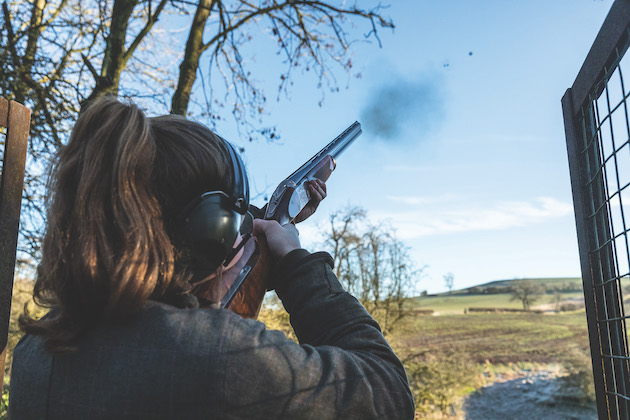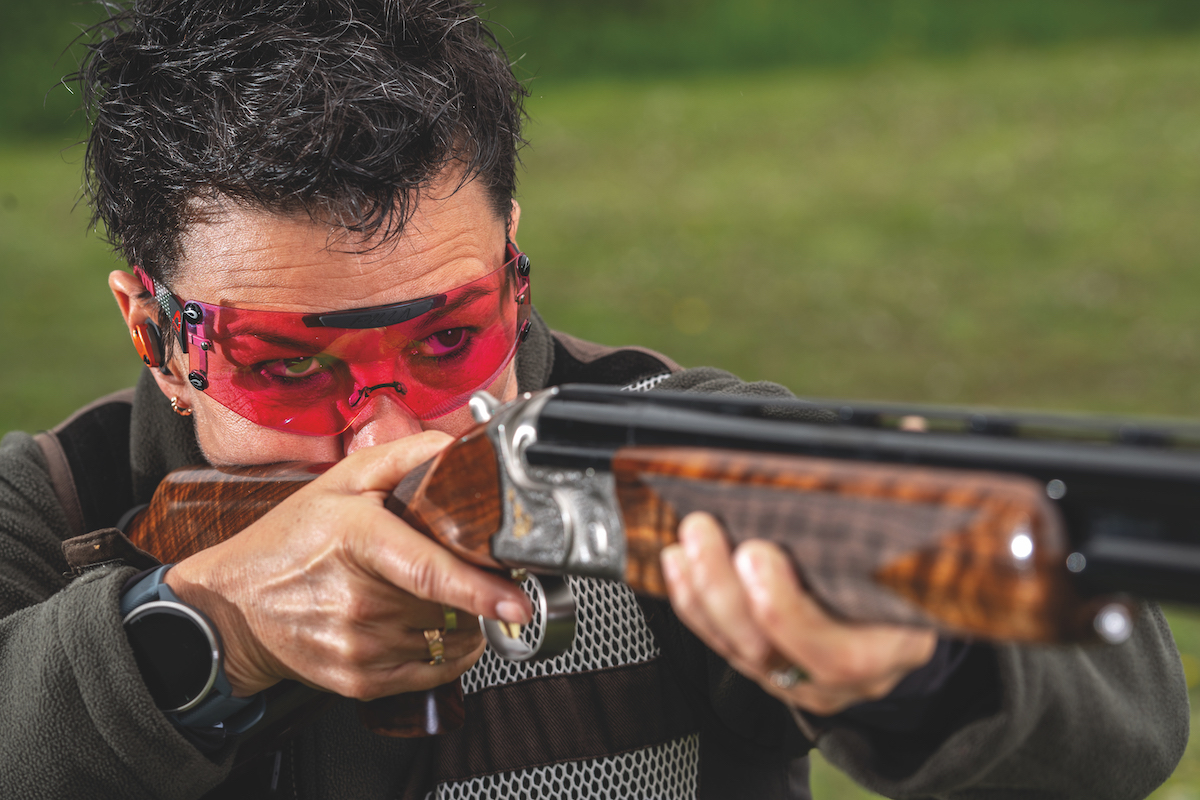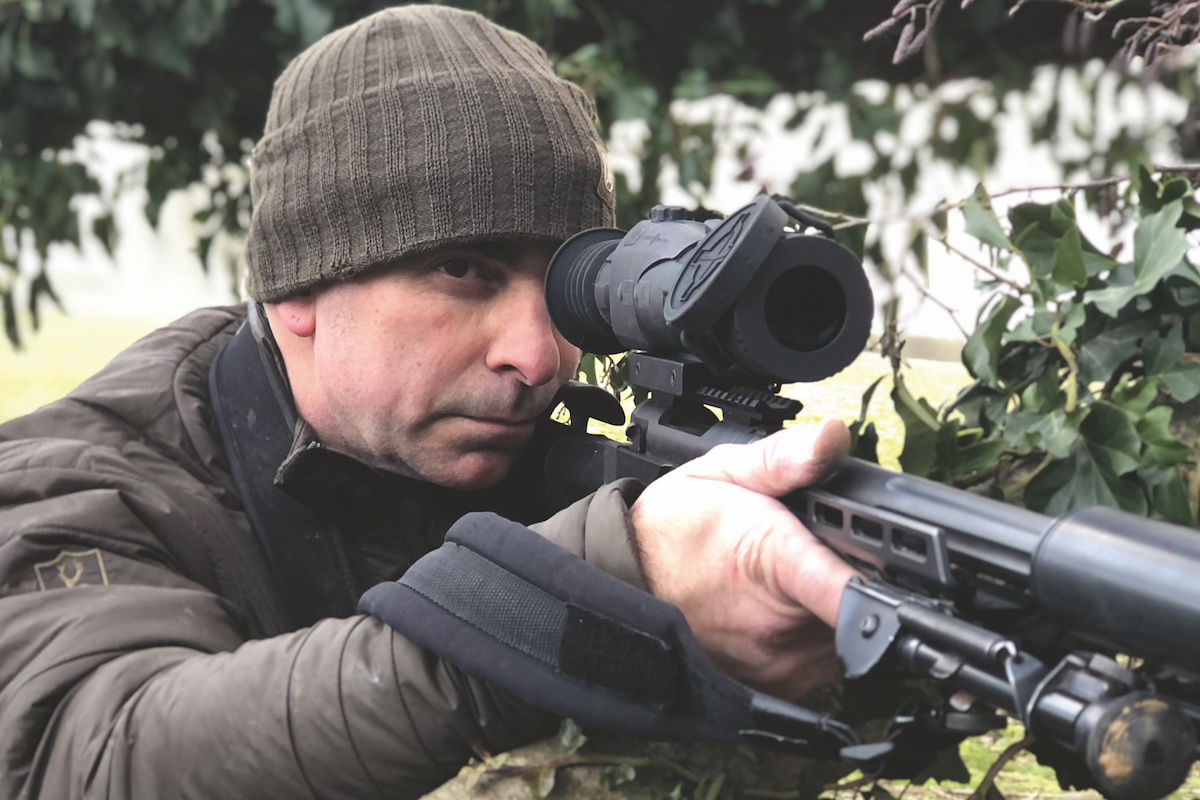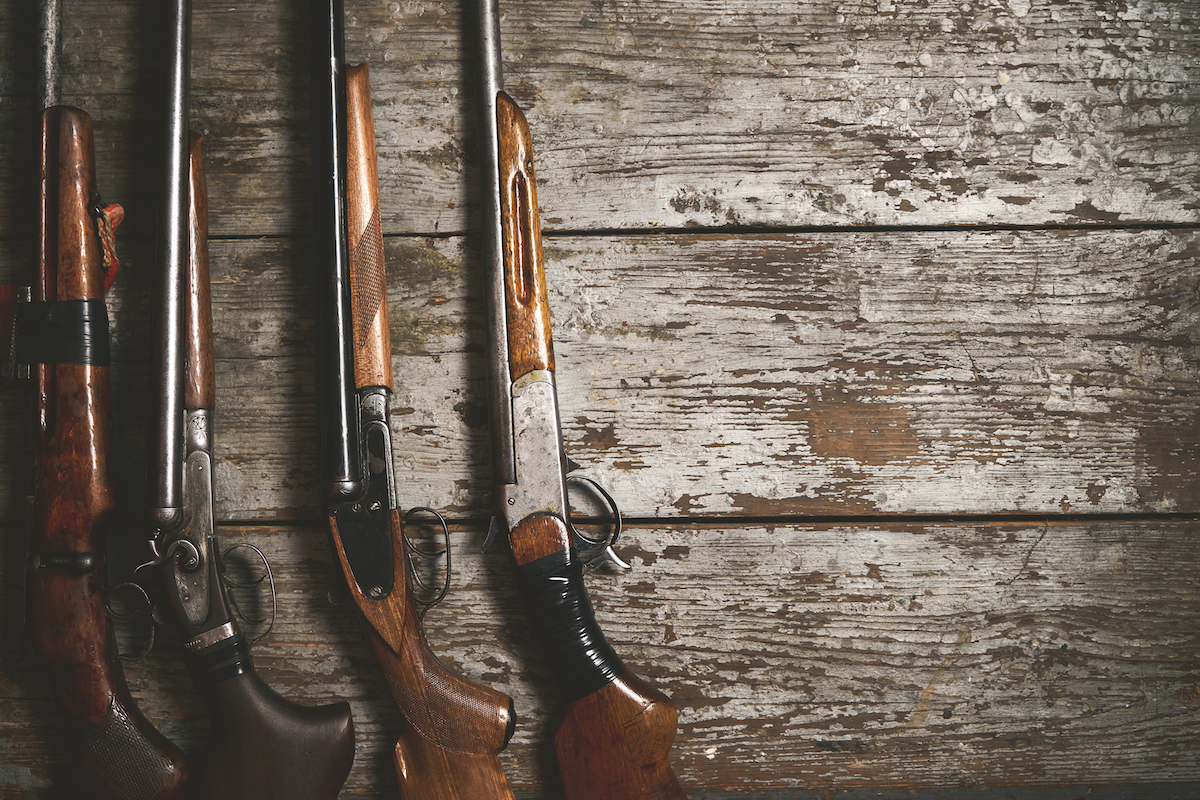What you need to know about adjustable shotguns
We live in an era of adjustable shotguns. Tony Bracci sizes up the options

Not so long ago, clay shooters would use different guns for close and distance targets
Would having an adjustable shotgun improve matters?
The shotgun is evolving. Most shotgun manufacturers are developing new designs, models or features for their guns. We are the other part of the equation in that we probably believe that if we have the latest gun we will shoot better. We are not all the same shape, height and build and, as such, we will want our shotgun to handle differently than the next shooter of a different build.
To meet demand, manufacturers are producing more adjustable features for off-the-shelf shotguns. We can’t all afford a bespoke gun and even if we could, would we know what specifications such as barrel weight we would want?
So perhaps an adjustable shotgun is the way to go for a good fitting gun for a reasonable price? But will it give you the fit and handling you need to consistently hit your targets?
Let’s start with something that is now a common adjustment on a shotgun – multichokes. For those who don’t know, this gives you the ability to change the pattern of your shot depending on the discipline or quarry you are going to shoot. There was a time, and not too long ago, that all shotguns were fixed choke. Most game guns would be ¼ (improved cylinder) and ½ (modified), Trap guns would be tightly choked and Skeet guns would have open chokes. You would have the ability to choose which barrel fired first, either by which trigger you pulled first on a double-trigger shotgun, or the use of a barrel selector on a single-trigger shotgun.

Multichokes are now common on most shotguns
Before multichokes, some shooters may have considered taking more than one gun on a round of sporting clays; a Skeet gun for close targets and a Trap gun for distance. This is now all covered and the advancement gives you the option to change between stations or to use the same gun on high driven or walked-up game, making your shotgun as versatile as possible.
Triggers
Some guns come with adjustable triggers. Why would you want to adjust the trigger position? Ideally, the trigger should be pulled with the middle of the end digit of your trigger finger. If you have long fingers and large hands you could be wrapping your trigger finger around the trigger, giving you inconsistent trigger pulls. If you have short fingers or small hands you could be moving your hand up the grip to reach the trigger, putting strain on the angle of your wrist.
The hand should be located on the grip of the stock, with the thumb base in the thumbhole, just behind the grip and just below the comb. Once your grip is in place the trigger can be moved to the correct position. Bigger hands should favour a bigger grip radius and a palm swell. The ability to pull the trigger effectively is a great advantage when shooting.
Browning B525 Ultra XS Pro Adjustable
The recent addition of the Browning B525 Ultra XS Pro Adjustable to Browning’s range is certain to delight the dedicated…
Browning 725 Pro Sport Adjustable
An evolution rather than an all-new design, the 725 moves on from its 1970s development with tweaks and improvements bringing…
Rib
Adjustable ribs can be found on some guns, mainly be Trap or multi-discipline firearms. An adjustable rib will move the placement of the shot in relation to the rib. This can also be done by adjusting the comb height. Keeping the comb height the same and raising the front of the rib will lower the shot pattern and lowering the front of the rib will raise the shot pattern. This will allow a multi-discipline gun to shoot an 80/20 (80% above the rib 20% below) pattern for Trap with the rib low and, with a quick adjustment, raise the rib to shoot 50/50 for a round of Skeet.
If you move the rib up parallel, the comb height will have to be adjusted as well, which will make the gun have a high shot placement, ideal for Trap shooting.

Bespoke stocks cost but an adjustable one can make all the difference
Stocks
There is nothing more important than having a gun that fits. Adjustable stocks allow you to have the gun of your choice adjusted to fit you, rather than buying a certain brand that seems to fit better than others. Having a stock fitted specifically carries a cost but, for a little bit extra on the purchase price, you could have a gun that fits well. An adjustable stock will allow you to adjust comb height or drop measurement. This in turn will allow your eye to sit higher or lower in relation to the rib. You may also be able to adjust the cast at face, allowing your eye to sit in the centre of the rib rather than off to one side. Aftermarket adjustable butt-pads can allow you to change length, pitch, twist and cast. Some say that adjustable stocks detract from the look of the gun, some not looking like stocks at all. Once adjusted, tested and proven, the stock should then be left alone.

The hinge pin can alter a gun’s weight
Adjustable shotgun weight
Stock and barrel weight systems allow you to adjust the balance of a shotgun. Every shotgun will have a dead weight — its weight when put on a set of scales. The weight can make a big difference to how the gun will handle. The hinge pin is a reference point and considered as neutral, as it is roughly located in-between where you are holding the gun. A front- or barrel-heavy gun will be slower moving and could suit high birds or a more calculated shot. A back- or stock-heavy gun will move fast and would suit walked-up game or an instinctive shot. Weights can be located in the stock or on the barrels under the fore-end. The further away from the hinge pin the weight is located, the more influence it will have on the balance. A 32in multichoke over-and-under shotgun is more likely to be front-heavy and a 25in side-by-side more likely to be back-heavy. It’s all down to preference.
The point of all the adjustments is about having a gun that you shoot well with and have confidence in. If you can find a standard off-the-shelf gun that suits you, then great, but if not there are a number of adjustment options that can be made to help you.
An adjustable shotgun is not a gimmick or sales tactic, but the facility is there if you need it.










